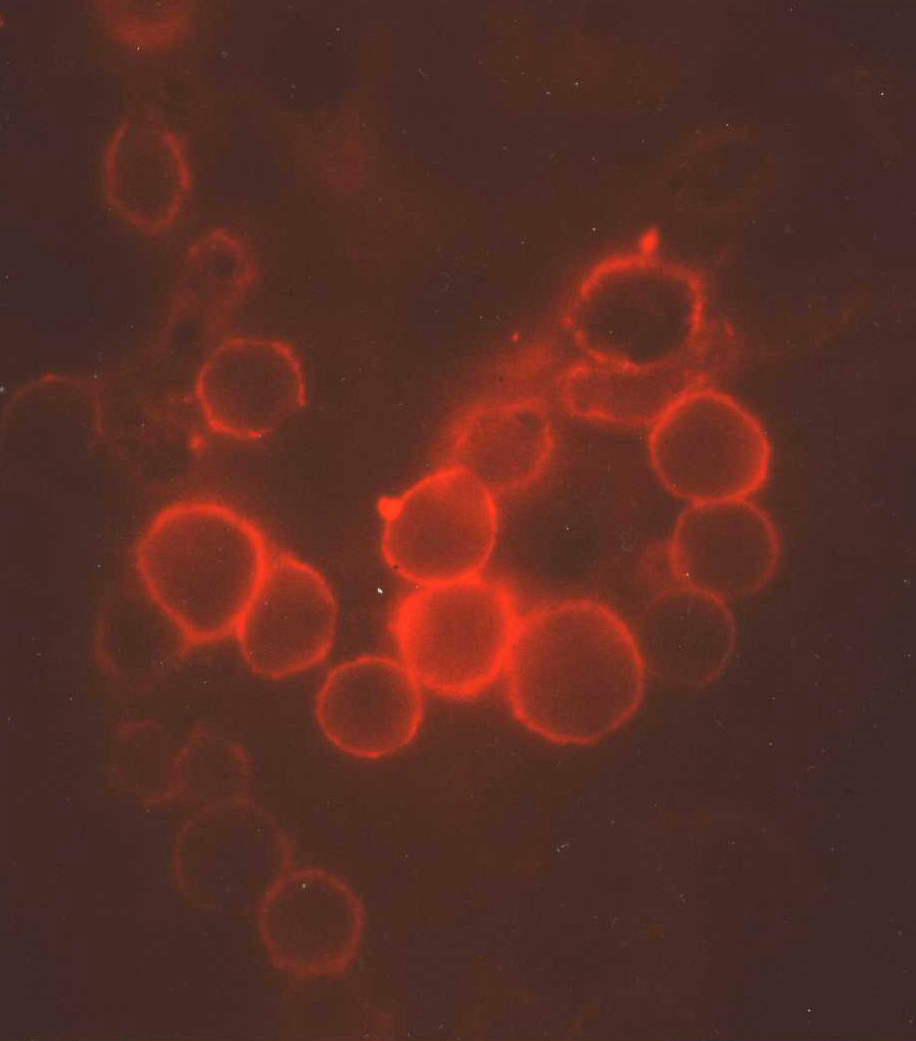Stem Cell Toxicity & Biology

Primary stem cells are the rarest and most primitive cells in the body. Every tissue is derived from a stem cell and stem cells are present in most organs.
All stem cells have similar characteristics:
- They have the greatest potential for proliferation.
- They have the capacity to self-renew.
- They represent a group of cells that, invariably, cannot be morphologically identified.
- Their presence is detected at the cellular level either by their functional ability to produce end cells by proliferation and differentiation or by membrane markers.
- They are usually, but not always, the most sensitive to cytotoxic compounds.
HemoGenix® is a stem cell company. It specializes in in vitro toxicity screening and testing on lympho-hematopoietic stem cells, because these can be obtained more easily than most other stem cell types.
Lympho-hematopoietic stem cells are present in bone marrow, cord blood and peripheral blood, especially mobilized peripheral blood. Under perturbation or disease states, they may migrate to other organs in order to try and maintain blood production. Hematopoiesis retraces its path of ontogeny.
HemoGenix® has developed sofisticated assays that not only detect specific stem cell populations, but also predict downstream effects resulting from cytotoxic drugs, xenbiotics and other agents. Thus, from the stem cell response anemia, neutropenia, thrombocytopenia and lymphopenia can be predicted.
However, many compounds, especially growth factors and cytokines can have a positive effect on the stem cell compartment and using similar assays, HemoGenix® can predict positive effects on the stem cell compartment.
For more information, please visit any of the following webpages on this site.
Or simply contact HemoGenix® at contractresearch@hemogenix.com or (719) 264-6250.
